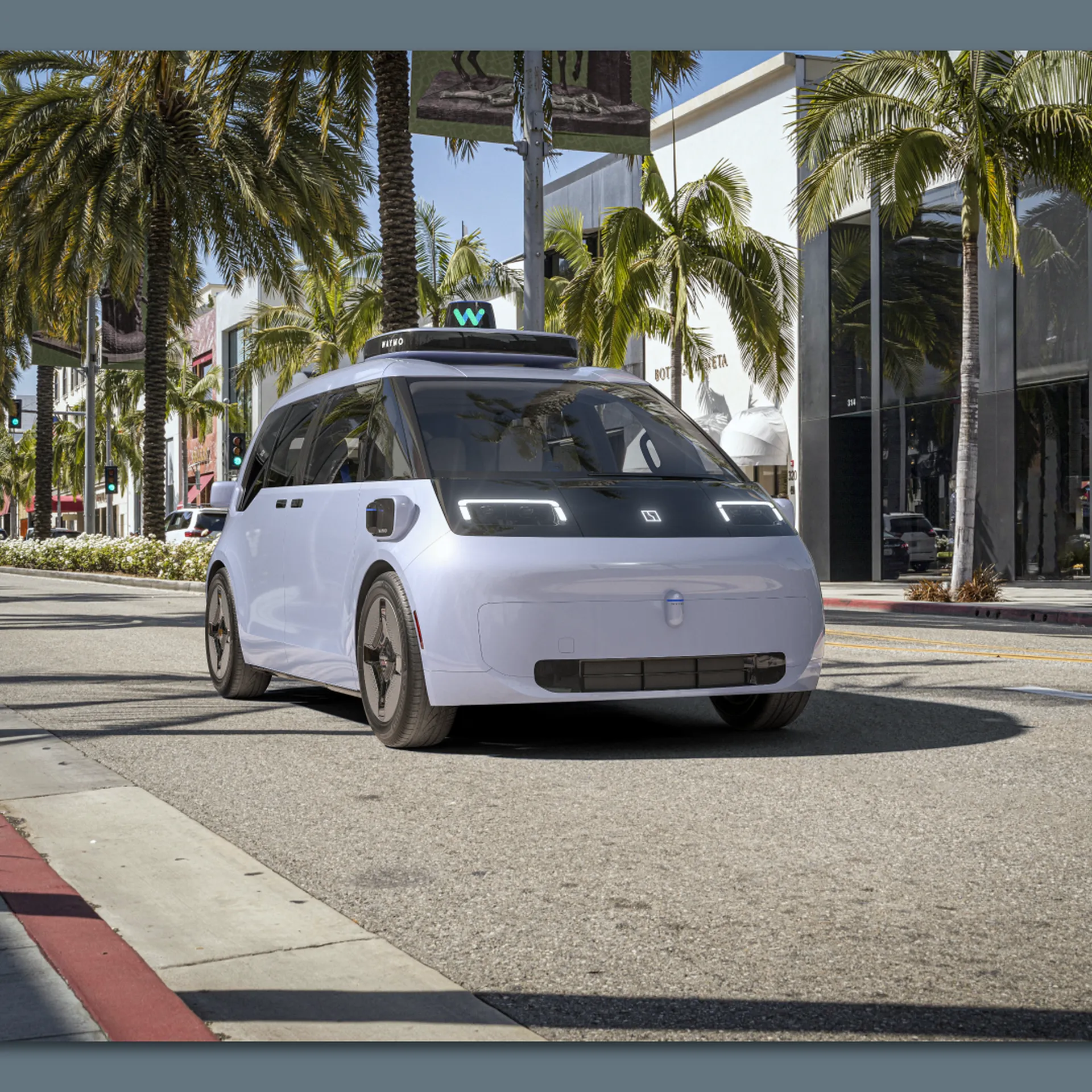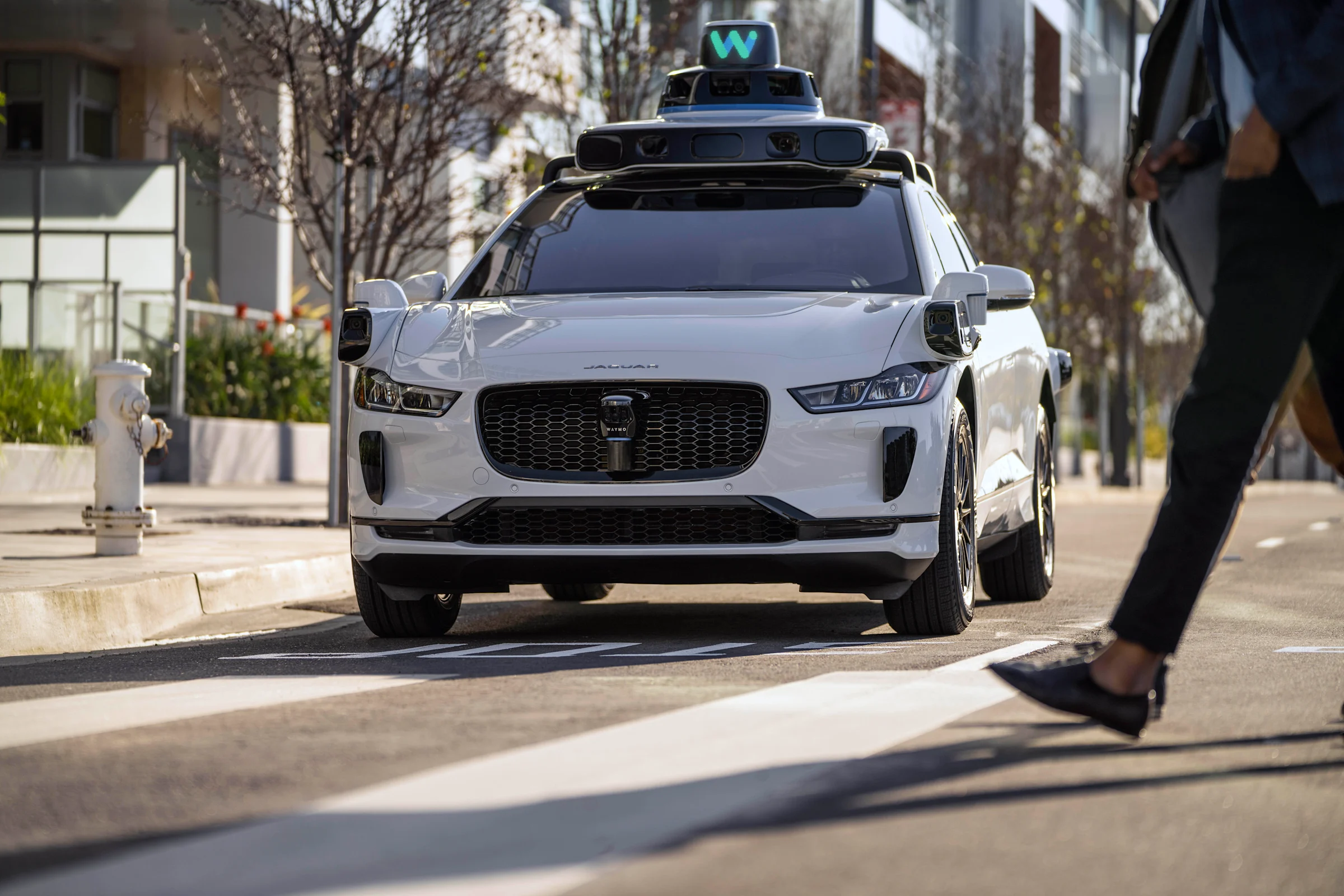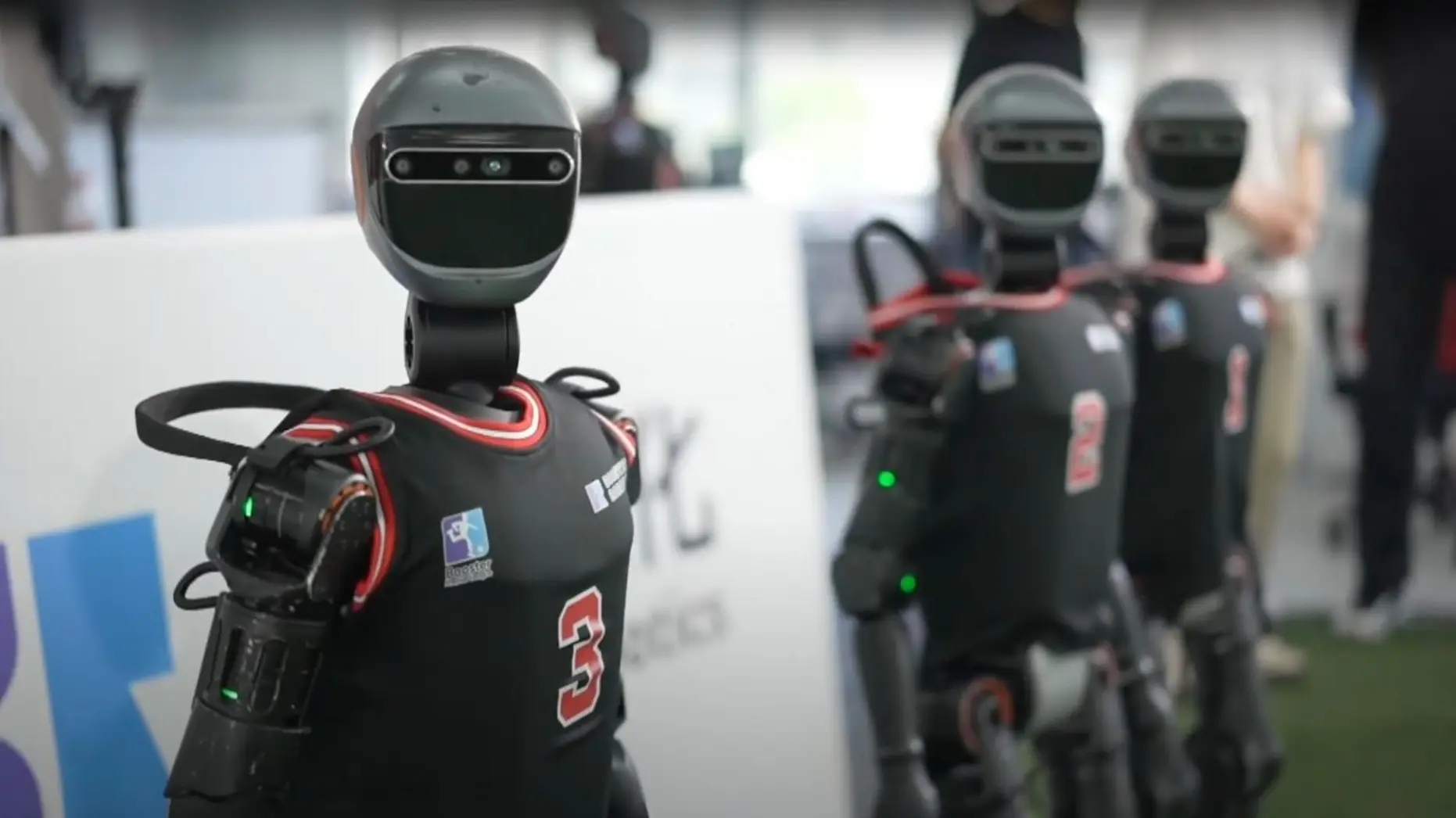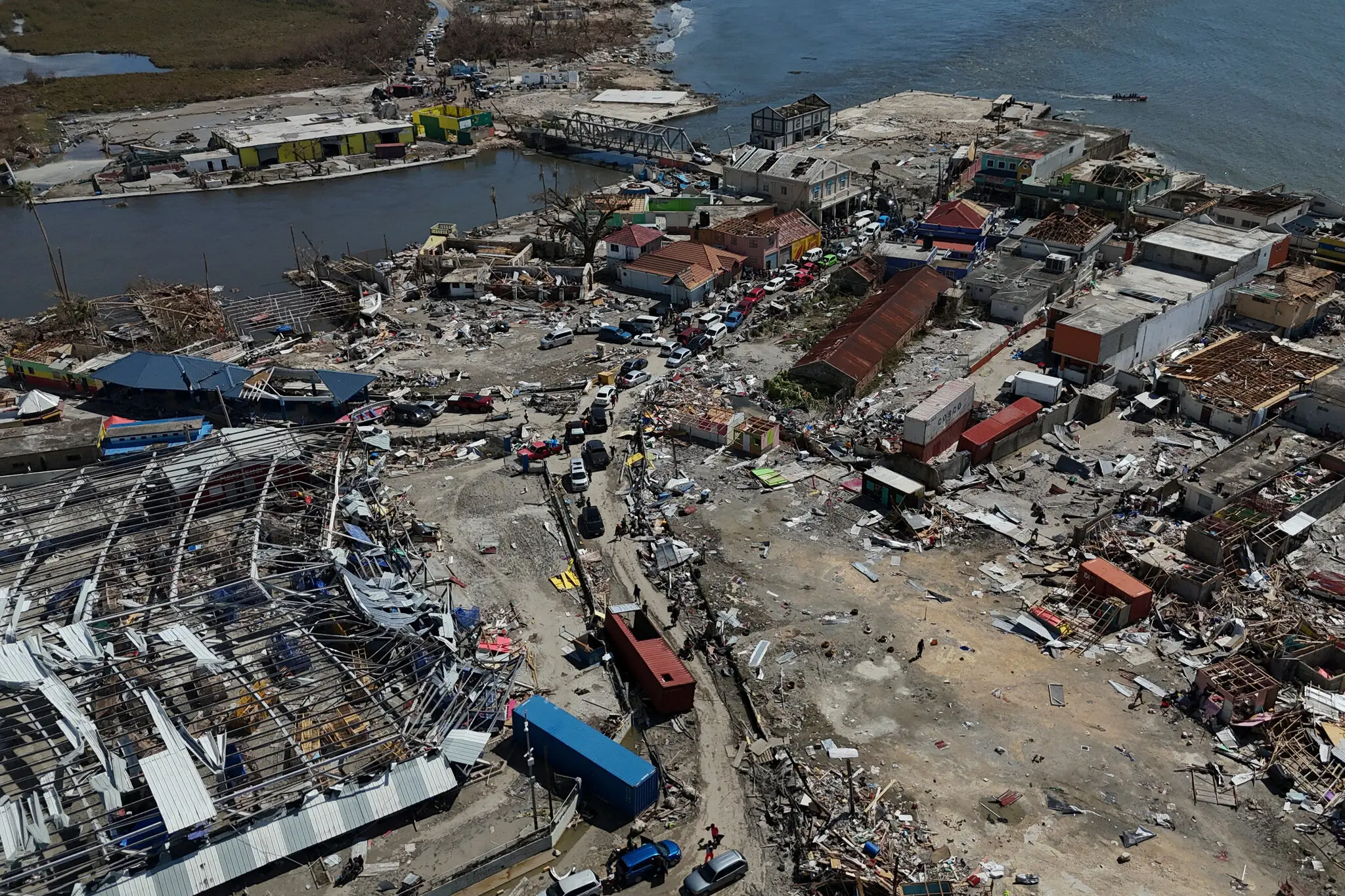Waymo Targets Wine Country Next as Driverless Rides Head to Sacramento and San Diego by 2026
22.11.2025
Waymo Eyes Wine Country as Robotaxis Head to Sacramento and San Diego in 2026
The Brief
-
Alphabet-owned AV company Waymo says it expects to launch rider service in San Diego by mid-2026.
-
An updated California DMV permit clears the way for expanded driverless operations in both Northern and Southern California.
-
The new service area map stretches across Napa and Sonoma wine country and reaches all the way to Sacramento.
Waymo’s New California Expansion
SONOMA COUNTY, Calif. – Waymo, the Mountain View–based self-driving car company, says it has received an amended permit from the California Department of Motor Vehicles that allows it to significantly broaden its operations across the state.
The company recently announced on social media that it plans to begin offering service in San Diego around mid-2026, building on its current presence in the Bay Area and Los Angeles.
In a statement, Waymo said the updated DMV permit authorizes fully autonomous driving in a much larger region of California. That includes the entire Bay Area, Sacramento and a continuous stretch from Santa Clarita down to San Diego. The approval covers both of the vehicles Waymo currently deploys: its Jaguar models and the Zeekr RT.
Industry coverage describes the Zeekr RT — built by a Geely subsidiary, the Chinese automaker that also owns Volvo — as more van-like compared to the Jaguars that have become a familiar part of San Francisco’s streetscape.
The DMV has published maps outlining where Waymo is cleared for driverless testing and deployment, including all nine Bay Area counties. It remains unclear when full commercial service will begin in each newly approved zone, as the company still has to complete testing phases and obtain additional regulatory sign-offs.

Waymo in Wine Country
In Northern California, the expanded permit pushes Waymo into Napa and Sonoma counties, where wine country stretches over roughly 2,500 square miles and includes remote backroads, rural wineries and small towns.
Ride-hailing coverage can be unreliable in some of these areas, particularly around outlying vineyards. Tourism officials say Waymo’s presence could change that dynamic and reshape how visitors move around.
Tim Zahner of the Sonoma Valley Visitor Bureau pointed out that there are clear opportunities to connect people between wineries and communities like Glen Ellen, Kenwood and nearby springs areas, where transportation options are often limited.
Local residents are already reacting. Sonoma County resident Megan Mahoney said she welcomes more choices, especially if autonomous rides give people a safer way to get to and from remote wineries without having to drive themselves.
In downtown Sonoma, shops such as the Summer Vine boutique benefit from walk-in visitors, but wineries located several miles away depend on guests making their way out to the vineyards. Without a tour bus, designated driver or private car, safety quickly becomes a concern after tasting wine.
Summer Vine shopkeeper Ima Holcomb said many people would likely embrace a service that lets them enjoy wine tasting without worrying about getting pulled over or risking a DUI after a couple of glasses.
Winery operators are also paying attention. Jeff Bundschu, who runs Gundlach Bundschu and Abbot’s Passage wineries a few miles from Sonoma Plaza, said he loves seeing guests relax and have fun, but there’s almost always one person in the group who ends up being the driver and has to hold back. He said any option that allows everyone to participate without sacrificing safety would be a welcome change.
Zahner added that it will be important to see how autonomous vehicles perform not just on city streets, but also in small-town environments and on rural roads that weren’t designed with robotaxis in mind.

Safety Record and Community Questions
Waymo says its vehicles complete more than a million rides each month in San Francisco and Los Angeles, and the company regularly highlights data it says proves its safety and reliability.
Still, public concerns remain. In San Francisco last month, one of Waymo’s vehicles ran over and killed a well-known neighborhood cat in the Mission District, sparking renewed criticism of how autonomous vehicles are being tested and deployed in dense urban neighborhoods.
In the aftermath, a member of the San Francisco Board of Supervisors pushed for a resolution giving residents more say over how and where driverless technology is used, questioning why the city has effectively become a testing ground for multiple autonomous vehicle companies.
Waymo noted that before it can open fully to the public in San Diego or deploy its next-generation vehicle platform for commercial use, it must secure a separate driverless deployment permit from the California Public Utilities Commission.
What’s Next
For now, the expanded DMV permit lays the foundation for a major geographic push: from the tech corridors of the Bay Area, through wine country and the state capital, down to Southern California’s coastal metros.
If the company’s timeline holds, visitors to Napa and Sonoma — and later San Diego — could soon be hailing driverless rides to wineries, hotels and neighborhoods that have long struggled with consistent transportation options. At the same time, ongoing debates over safety, local control and how AVs fit into smaller communities are likely to follow Waymo into every new market it enters.







Leave a Comments